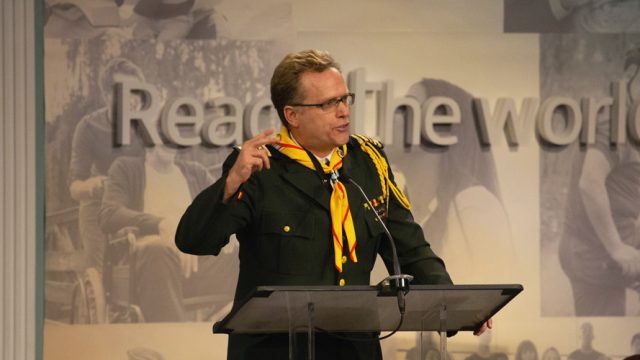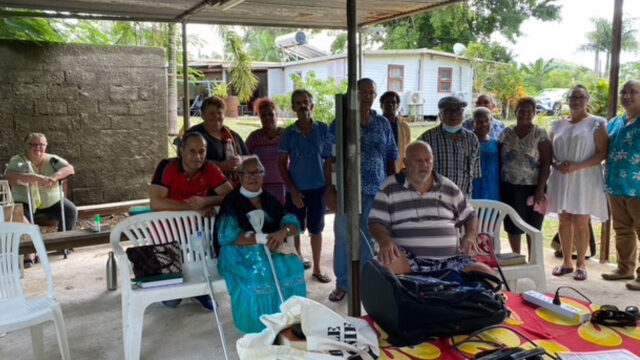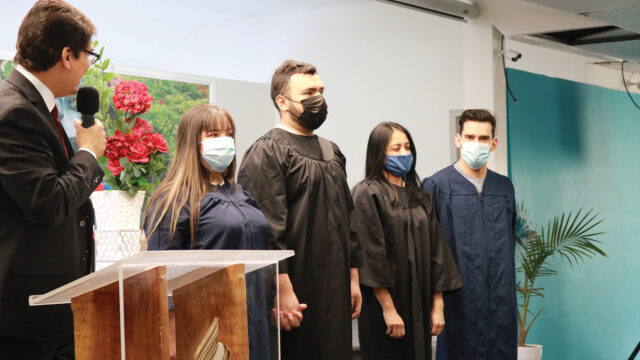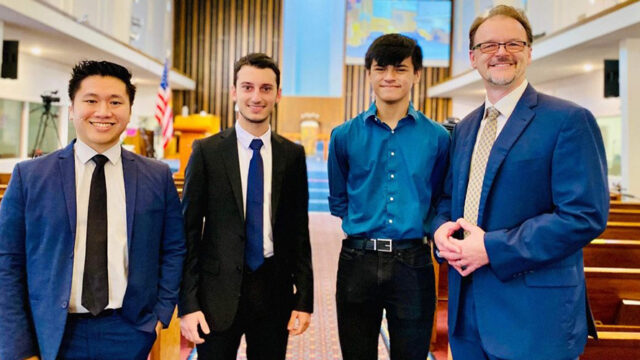Becoming an innovative thinker
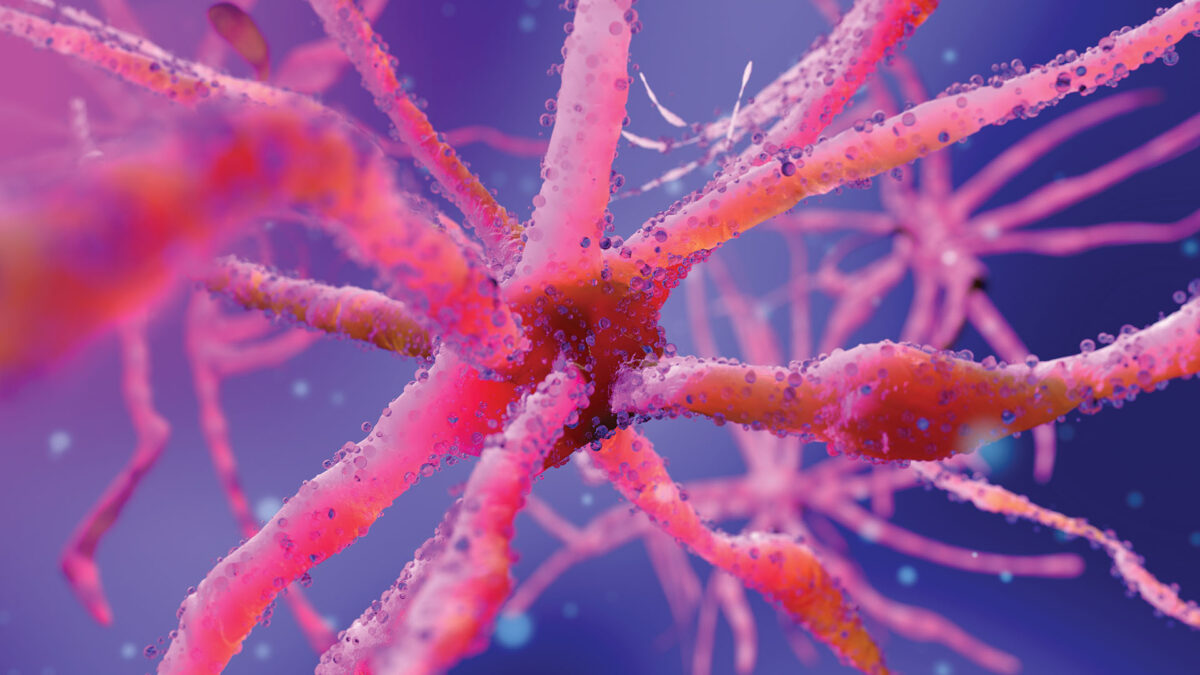
Unquestionably more complex than any structure in the known universe, the human brain is a masterstroke of God’s creative power. Loaded with more than 1 trillion cells and powered by 100 billion pulsating neurons, it’s a malleable, freewill-orientated, matchless work of art that harnesses far more connections than there are known stars in the Milky Way. Truly, “the mind is the capital of the body.”¹
God’s handiwork is astounding and stands as a remarkable backdrop to two important questions for our age: (1) Can brain science help us understand the mental mechanics of what drives innovation? and (2) Are innovative traits found only in certain individuals?
REFOCUSING THE INNOVATION PARADIGM
The world is on the cusp of the fourth industrial revolution—a profound shift in human history driven by exponential changes to the way we live, work, and relate to one another—because of the adoption of disruptive technologies and trends such as the Internet of Things (IoT) and artificial intelligence (AI). As a result, the reality we face is that individuals in every domain are driven to innovate to survive.² But what does it mean to innovate, and who should these innovators be?
In the myriad possible definitions of innovation, this comprehensive one stands out: “Innovation is the process of creating value by applying novel solutions to meaningful problems.”³ The practice of innovation has often only been thought to be the purview of an exclusive club of disruptive thinkers who have rattled the status quo of industry. As a result, there has often been a spotlight on the achievements of innovators, and comparatively little attention given to the innovative thinking itself that underpins the very essence of what it means to ideate; to create.⁴
Learning how to innovate is just as important as learning why we need to innovate, and while there are individuals who find their mental sweet spot in generating the “big ideas,” the bottom line is that all of us can learn to be innovative in different ways and apply that thinking to solving problems in the way we do mission, run business, and live our lives.
THE NECESSITY OF CREATIVE THINKING
Interestingly, brain research has pointed to creativity as being the rocket fuel for innovation. When scientists studied the brain scans (using MRI technology) of people who were asked to come up with inventive uses for everyday objects, they found that the most creative thinkers activated multiple regions in the brain, not just one area.⁵
Specifically, it was determined that the brain regions essential for brainstorming (e.g., memory, imagination, emotion, and spontaneous thinking) were activated in conjunction with the brain regions that determine which stimuli are deserving of our attention, as well as the frontal lobe involved in the regulation of cognition and behavior. This brain-system synchrony dispels the commonly held belief of a distinct right- versus left-brain dominance in creative thinking by underlying the finding that creativity is a “whole-brain endeavor.”⁶ As a result, individuals with stronger functional connections between these networks tend to produce more original ideas.⁷
Forming these stronger connections is dependent, in part, on “waking up” the creative traits that drive innovation, such as curiosity, abstract thinking, and problem-solving (to name but a few)—traits that almost everybody has. In fact, recent research has begun to uncover that there’s even a precursor to creative thinking itself, that of “inspiration.”⁸ Key to this notion is that innovation is rarely created by one individual who has inspiration, but rather often requires multiple individuals providing new incremental insights to improve the original idea.⁹
Thus, individually and collectively through collaboration, we’re all capable of igniting our creative-thinking traits that drive innovation. In fact, our brains change throughout our lifetimes. Referred to as neuroplasticity, this fact is clearly evidenced by the simple everyday observation that we never stop learning. Creative thinking is intimately tied to learning because it involves the discovery of novel neural connections.
THE JEWEL IN THE INNOVATOR’S TOOLKIT
So how can we begin to develop our innovative traits? One approach would be to learn from the many developing resources available on the subject of innovative thinking. While many of these resources are important, the most powerful tool in the innovator’s toolkit, I believe, is Scripture. Indeed, while brain science champions the relatively new discovery of neuroplasticity, the ability of the brain to change has been rooted in God’s design since Creation. As Paul instructs: “Do not be conformed to this world, but be transformed by the renewing of your mind” (Rom. 12:2).
If inspiration is a precursor to creative thinking, and creative thinking requires the combined engagement of the executive cognitive functions of the brain with the regions associated with memory and emotion, what better place to start awakening our innovative thinking process than with the Word of God—that which inspires thinking, strengthens our intellect, and stirs the very depths of our emotions! After all, since we were created “in the image of God” (Gen. 1:27), it’s only logical that through the inspiration of His Word, our brains can change, igniting our ability to create and innovate. Ellen White put it magnificently: “In the Word of God the mind finds subjects for the deepest thought, the loftiest aspirations.”¹⁰
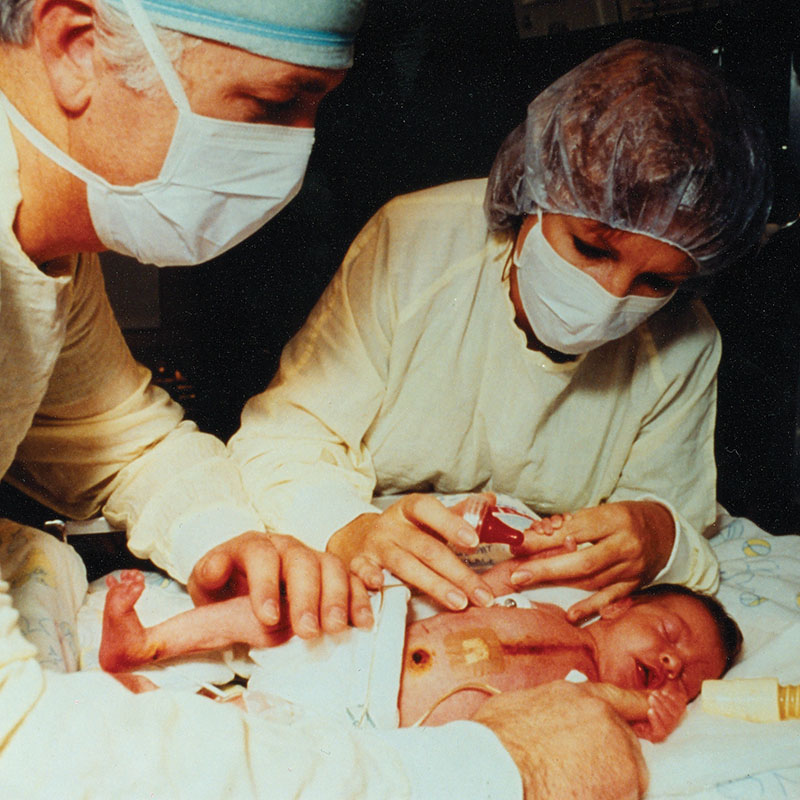
(1942-2019)
UNITED STATES
Claim to fame: heart surgeon who transplanted a baboon’s heart into a baby born prematurely.
Leonard Bailey was known for his pioneering cross-species infant heart transplants. His efforts paved the way for other innovations in the field of heart-transplant surgery. Bailey worked at Loma Linda University Health for 42 years.*
* lluh.org/leonard-bailey
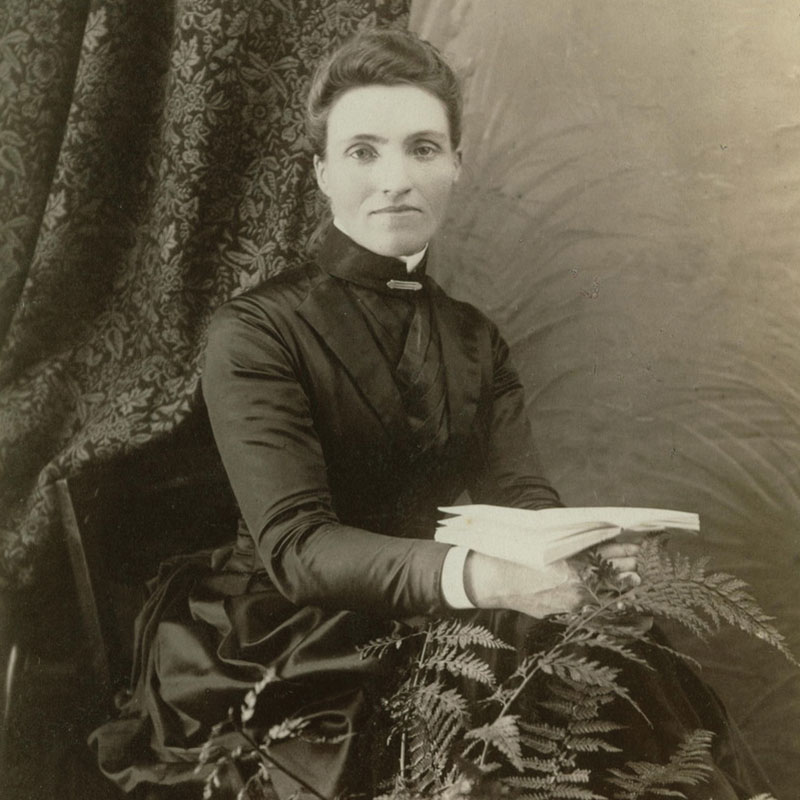
NEW ZEALAND
Claim to fame: first woman listed on the Dentists’ Register of New Zealand. Became an Adventist after attending a series by A. G. Daniells in 1888.
Margaret Caro (née Malcolm) was born in Richmond, New Zealand, in December 1848. With her physician husband, Caro attended to peoples’ medical needs in poor mining communities. She was the first woman listed on the Dentists’ Register of New Zealand, and was a strong proponent of the health message. She established Bethany Rescue Home for abused women and children in 1898.*
* teara.govt.nz/en/biographies/2c8/caro-margaret
¹ Ellen G. White, Testimonies for the Church (Mountain View, Calif.: Pacific Press Pub. Assn., 1948), vol. 3, p. 136.
² https://www.cipe.org/newsroom/innovation-as-a-necessity-for-survival/.
³ https://digintent.com/what-is-innovation/.
⁴ V. Poirier et al., “Thoughts on Improving Innovation: What Are the Characteristics of Innovation and How Do We Cultivate Them?” Technology and Innovation, vol. 18, pp. 319-330.
⁵ Harvard University, “The Creative Brain Is Wired Differently,” ScienceDaily, Jan. 17, 2018, retrieved from www.sciencedaily.com/releases/2018/01/180117163954.htm.
⁶ E. B. Roger et al., “Robust Prediction of Individual Creative Ability From Brain Functional Connectivity,” Proceedings of the National Academy of Sciences (2018); 201713532 DOI: 10.1073/pnas.1713532115.
⁷ Ibid.
⁸ Poirier.
⁹ Ibid.
¹⁰ Ellen G. White, Counsels to Parents, Teachers, and Students (Mountain View, Calif.: Pacific Press Pub. Assn., 1913), p. 52.


